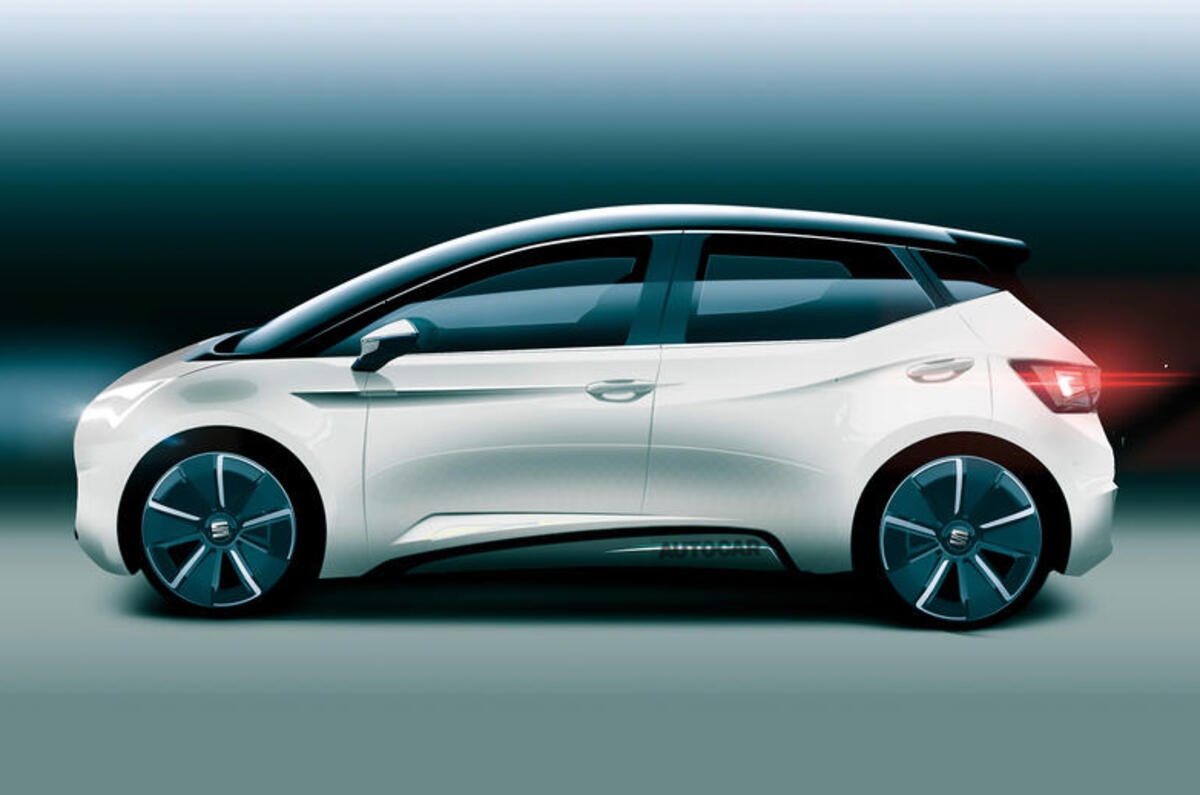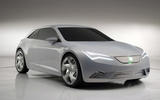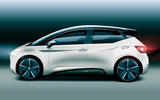A plug-in hybrid version of the next-generation Leon will kick-start Seat's push for electrification in 2019.
The new Leon variant will be followed by the brand's first electric car in 2020. It will be twinned with the 2019 Volkswagen ID hatch, thanks to shared VW Group MEB underpinnings that will also be used by Skoda's first purepose-built electric SUV, which will itself take inspiration from its Vision E concept.
“Seat is taking a step forward in boosting electric mobility,” the brand said, "and our first electric vehicle will feature a range of 500km."
This range, which equates is to 311 miles, is the same figure quoted by Skoda and VW for their upcoming EVs.
The 2020 model (imagined by Autocar below) is predicted to be Seat's first pure EV because an electric version of the Mii, which was expected as a twin to the upcoming Skoda e-Citigo and updated Volkswagen e-Up, is now understood to be less of a priority. Seat R&D boss Matthias Rabe said that model is "less concrete".

Seat's first EV will come at the tail end of an aggressive range expansion that will soon see the introduction of the Tarraco SUV, a relation of the Skoda Kodiaq and Volkswagen Tiguan. The current Toledo small hatchback is likely to be axed shortly after this.
But Seat will quickly add another all-new model to the range when a pure-electric SUV is launched as a cousin to Skoda's EV SUV.
The electrified range will coincide with a new design direction for Seat. It will begin with the fourth-generation Leon next year, according to design boss Alejandro Mesonero. He told Autocar last year that the Leon's design would be “a bigger step” than the company has taken since the relaunch of the brand with the current Leon in 2012. “Sometimes you need to take a bigger step so as not to be obsolete. We’re ready very soon for the next, bolder step in design,” he said.
The next Leon will also get what Rabe described as "fantastic technology and fantastic user interface" as part of what insiders suggest will be class-leading infotainment, set to be rolled out across the rest of the range after its introduction.
Seat is also keen to stress that it “will remain committed to internal combustion engines” when expanding its plug-in range. It will also offer internal combustion engines fuelled by clean-burning compressed natural gas.
Going from strength to strength

Seat chairman Luca de Meo revealed the new model offensive at a press conference to announce Seat’s 2017 financial results, headlined by a second year of profitability. Turnover rose 11% to nearly £8.7 billion, while after-tax profit increased 23% to £244 million.
“We can be happy with the 2017 results,” stressed de Meo, “but we shouldn’t be satisfied. Now it's time to look to the future with the ambition to grow.”
Total deliveries of new cars in 2017 were 468,000 vehicles, the highest since 2001 – the payback for £2.8bn of investment in the past four years.
Cashflow – the accountant’s favourite measure of a company’s business strength – also grew substantially by 24% to £825m in 2017.
“This is almost three times as much as in 2013 and demonstrates the company’s financial sustainability,” Seat said.
Additional reporting by Mark Tisshaw
More content:
'Diesel-saving' technology could make it to market in two years











